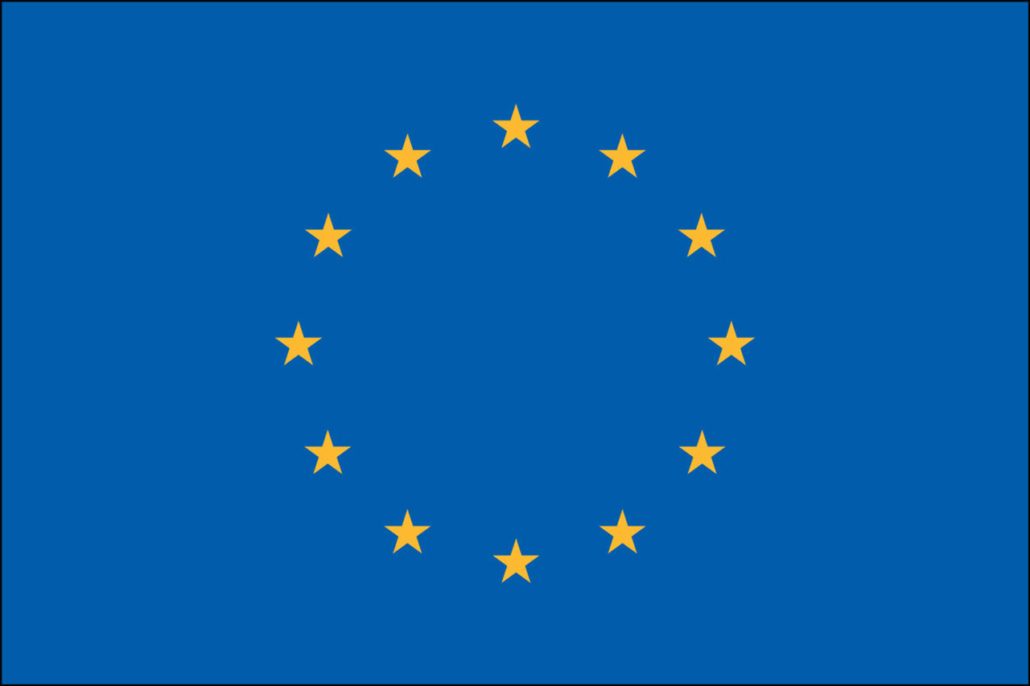
The Classification, Labelling, and Packaging of Chemical Substances and Mixtures – CLP
The 28 countries in the European Union served as front-runners for being the first of few nations to enact GHS implementation into their existing labour legislations. To better unify trade locally within the scope of EU nations, but also globally, amongst Europe’s largest world trading partners, did the EU introduce its GHS aligned Classification, Labelling, and Packaging of Chemical Substances and Mixtures (CLP) regulations. The United Nations had specified that countries had the leverage to adopt certain aspects of GHS as needed; GHS implementation in Europe and other nations therefore utilize the introduced building block approach, which allows countries to adopt the hazard classes and categories as needed. Certain elements of Europe’s previous legislatures— the Dangerous Substances Directive (DSD) and Dangerous Products Directive (DPD) were retained, but in general The CLP serves to fully replace the previous systems for classifying and labelling substances and mixtures. Its enforcement came into effect on January 20th, 2009, whereby all substances had to be classified under CLP regulations by the December 1st, 2010 deadline, while mixtures, by the June 1st, 2015 deadline. CLP regulations are governed under Regulation (EC) NO 1272/2008, comprising the framework from which suppliers will use the GHS harmonized criteria for classifying and labelling substances and mixtures. GHS implementation has most predominantly affected their hazard communication system in terms of updating the rules for labelling chemical substances, and further revising requirements of the SDSs.
Classification procedures based on the criterion set out in Regulation (EC) NO 1272/2008, are to be carried out by manufacturers, importers, or downstream users that supply, import, and/or sell chemical substances, and mixtures. If evaluation of a substance or mixture has determined that it meets any of the criteria associated with physical, health, and/or environmental hazards, it then becomes subject to the rules of harmonized hazard classification. GHS implementation in the EU varies from other countries in how it went about adopting GHS, as only a confined set of elements were adopted into CLP regulations. It also differs in how classification procedures must also adhere to Europe’s independent non-GHS, Regulation (EC) No 1907/2006 (REACH), in conjunction with CLP regulations.
Labelling requirements are now globally standardized as per GHS implementation, making inclusion of these specific informational elements a necessity:
-
- Name, address and telephone number of the supplier — the manufacturer, importer, down-stream user, or distributor, that will retain the substance as is or as a constituent of a mixture.
-
- 2. Nominal quantity (supposed amount) of substance or mixture when it is packaged for retail
-
- Product identifier – chemical name and CAS/EC number of a substance. The trade name, and disclosure of constituent substances pertaining to the hazard classification, is to be listed for mixtures.
-
- Hazard pictograms – GHS prescribed graphical compositions which convey hazardous information using specific symbols, colours, and shapes.
-
- Signal Words – usage of either ‘Danger’ or ‘Warning’ depending on the hazardous classification and grade of severity for hazards associated with substances or mixtures
-
- Hazard Statements – standardized GHS prescribed phrases assigned to hazard classes/categories, which work to describe the nature of the hazard.
-
- Precautionary Statements – GHS recommended measures of action one should take to minimize or prevent accidents associated with hazardous substances
-
- Applicable supplementary information – hazard statements prescribed from EU’S previous chemical substance legislation in pertinence to physical, health, and environmental hazards.
SDS sheets are also to be provided for substances or mixtures with hazard classifications, but content and formatting requirements are mandated by EU’S REACH instead of CLP. To maintain consistency, REACH SDS regulations are also modified by GHS implementation, once more fulfilling global hazard communication standards.
The many contingencies of GHS implementation in EU’S, CLP regulations are explained in detail in official Regulation (EC) NO 1272/2008 documentations, which you can find here. It is important to note, that the SDSs and labels of chemical products manufactured in other GHS-compliant countries will more often than not, require EU specific technical translation; direct use of international hazard communication documents may not fully comply with EU regulations, leading to the possibility of regulatory fines. Ultimately, in some way or another every country tends to differentially adopt elements of the GHS, this being largely dependent on: which revised edition their legislations are based upon; the chemical regulatory systems already in place within these countries; and lastly, the extent to which GHS implementation will affect the sale of hazardous chemical products.
For more information about GHS Implementation/ Compliance, REACH Compliance, and CLP Label Review for the European Union, please contact Nexreg.

